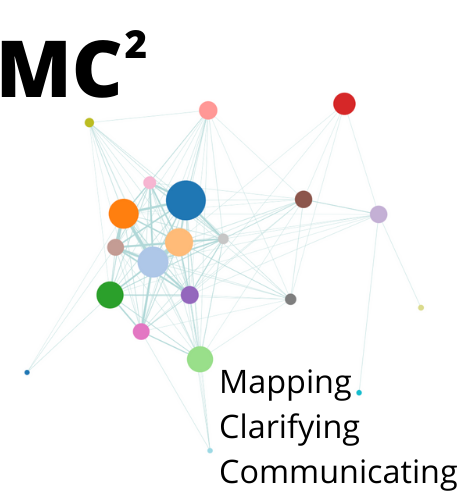

This literature synthesis project intends to map the research literature and develop methods and a model for helping close the gap between research and practice while centering equity. This work will have implications for both research and practice. There are three stages in the project that work toward this goal.
The first stage was mapping, during which we created a synthesis of computer-supported collaborative learning (CSCL) research literature and related collaborative learning research literature. We created the literature synthesis with an open-access bibliometric tool called BiblioTools, which maps the literature and shows the themes of the research. Based on the synthesized map of the literature, we developed a curated map that grounded our work with the expert panel of researchers and practitioners for the next project stage to determine key ideas important to both research and practice. In the second, clarifying stage of the project, through a modified Delphi Method approach and semi-structured interviews, we brought together a panel of researchers and practitioners to determine the key topic. This work also uncovered gaps in the literature.
We are currently in the final stage of the project, the communicating stage. We will use what we learned in the first two project stages to create new materials that will be used to translate key research findings for collaborative learning into practice. Practitioners and researchers will create short primers on the key topics identified in the previous phase of the project. The act of writing together will provide further elucidation about how researchers and practitioners think about the topics; this will inform the research field as well as result in new translations of the research to inform materials for practice.
We will also work with the partner organizations that are part of the grant proposal to draw on their best practices to plan and execute the dissemination of the created materials.